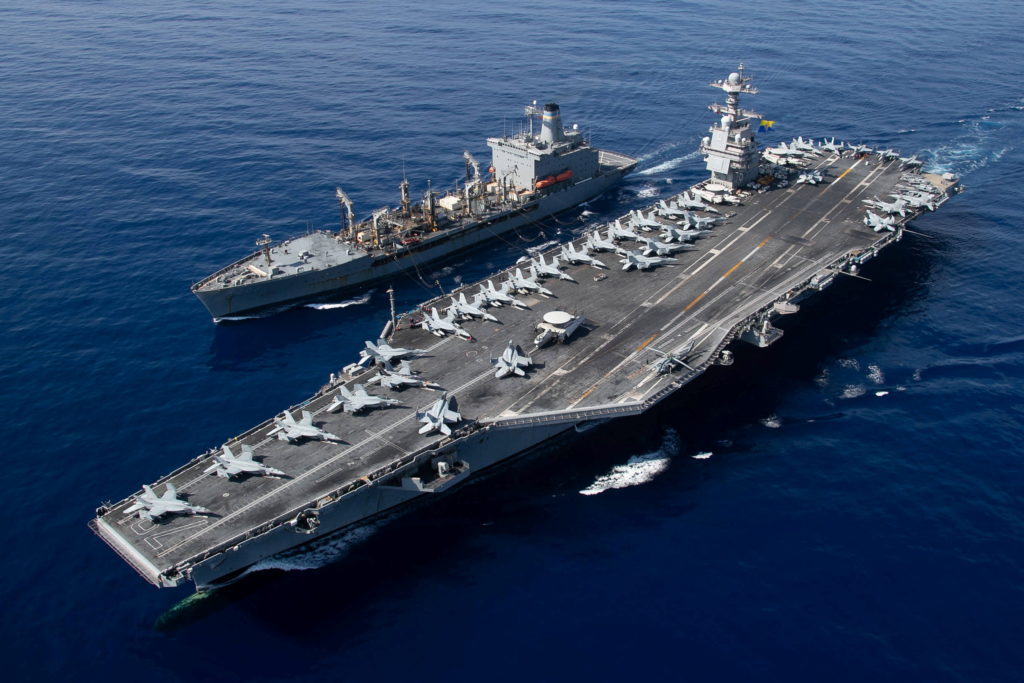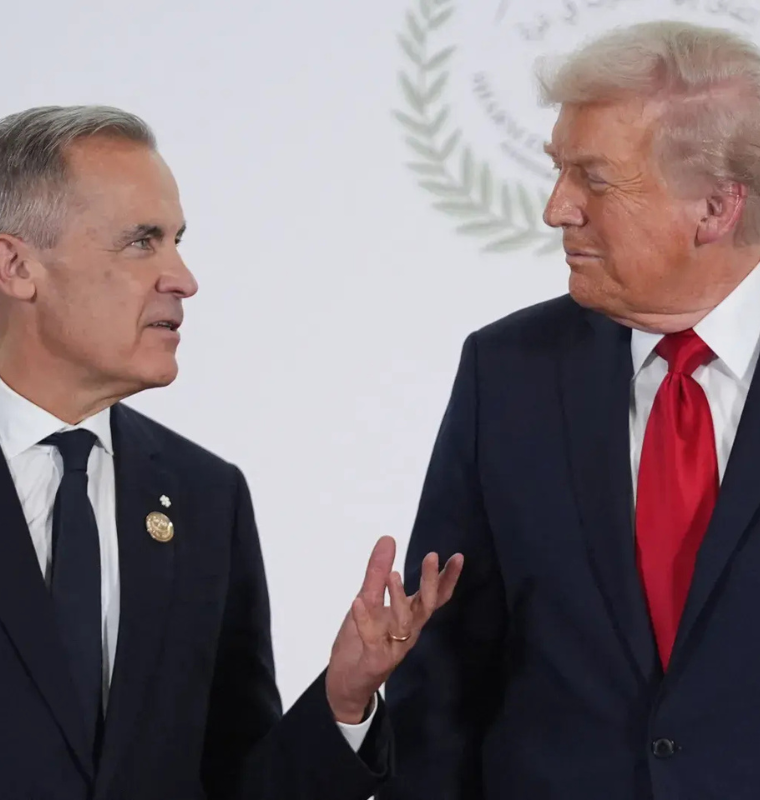U.S. Expands Military Power in Latin America with Aircraft Carrier Deployment
U.S. Expands Military Power in Latin America with Aircraft Carrier Deployment
By
Leah Rosenfeld
Last updated:
October 26, 2025
First Published:
October 26, 2025

Photo: PBS
The United States has announced a major military escalation in Latin America, deploying the USS Gerald R. Ford aircraft carrier group—the most advanced and powerful warship in the world—to the Caribbean. The move represents Washington’s strongest military posture in the region in decades, sparking debate over its true purpose and the message it sends to regional powers.
A Show of Force Beyond Counter-Narcotics
According to the Pentagon, the deployment aims to strengthen America’s capacity to “detect, monitor, and disrupt illicit activities” that threaten U.S. security and regional stability. However, analysts note that the scale of the deployment far surpasses traditional counter-narcotics operations, suggesting a deeper strategic motive.
The USS Gerald R. Ford, accompanied by eight additional warships, a nuclear-powered submarine, and a fleet of F-35 stealth fighter jets, brings an unmatched display of naval and aerial power to the region. Pentagon spokesperson Sean Parnell confirmed that the deployment will enhance U.S. Southern Command’s (USSOUTHCOM) operational reach across the Caribbean, Central, and South America.
While Parnell did not specify the carrier’s exact arrival date, defense trackers show that the Ford was recently navigating through the Strait of Gibraltar, suggesting it is en route to the Western Hemisphere.
Inside the Ford-Class Powerhouse
Commissioned in 2017, the USS Gerald R. Ford is the largest and most technologically advanced aircraft carrier ever built, costing more than $13 billion. It hosts over 5,000 sailors and can carry more than 75 military aircraft, including F/A-18 Super Hornets, E-2D Hawkeyes, and advanced electronic warfare planes.
The carrier’s nuclear propulsion system allows it to operate for 25 years without refueling, and its advanced Electromagnetic Aircraft Launch System (EMALS) can launch heavier, more modern aircraft faster and more efficiently than older carriers. Its Evolved Sea Sparrow Missiles provide medium-range air defense against drones and aircraft—making the Ford not only a symbol of deterrence but a fully mobile combat hub.
Regional Reaction and Rising Tensions
The deployment follows a series of U.S. air and naval strikes since early September targeting drug-trafficking vessels in the Caribbean. According to Pentagon briefings, 10 such operations have been carried out, resulting in approximately 40 deaths, including suspected Venezuelan nationals.
Venezuelan President Nicolás Maduro has accused Washington of using anti-narcotics operations as a cover to destabilize his government, alleging that the U.S. intends to trigger regime change in Caracas.
The tension between the two nations has intensified since the U.S. doubled its bounty on Maduro’s arrest to $50 million in August, accusing him of ties to drug cartels and organized crime—a charge he strongly denies.
The introduction of the Ford strike group is likely to be perceived by Caracas, Havana, and even some South American governments as a show of dominance rather than a security measure. Regional observers warn that such military gestures could reignite Cold War–style dynamics in the Western Hemisphere.
Strategic Implications Beyond the Caribbean
While the Pentagon frames the move as part of an anti-narcotics initiative, defense analysts suggest broader objectives. The presence of a nuclear-powered carrier group in Latin American waters serves multiple purposes: deterring hostile regimes, securing maritime trade routes, and asserting influence amid growing Chinese and Russian involvement in the region.
In recent years, China has invested over $160 billion in Latin American infrastructure, while Russia has increased its military cooperation with Venezuela and Cuba. The Ford’s deployment may thus be a signal of U.S. readiness to reassert control in its traditional sphere of influence.
A Calculated Message
While the official justification centers on combating illicit networks, the timing and scale of the operation reflect Washington’s shifting priorities. As global power competition intensifies, the U.S. appears determined to reestablish a strong military footprint in regions where its influence has waned.
For Latin America, this renewed presence brings both security assurances and strategic anxiety. The deployment of the world’s largest carrier isn’t just about fighting cartels—it’s about projecting strength, reclaiming influence, and signaling to rivals that the U.S. remains the undisputed maritime power of the Western Hemisphere.
Popular articles
Subscribe to unlock premium content
Why Urban Beekeeping Is Becoming a Multi-Million-Dollar Eco Trend

How Allbirds Turned Wool Sneakers Into a Global Sustainability Trend

The Economics of Renting Hypercars to Tourists in Monaco

Why Urban Beekeeping Is Becoming a Multi-Million-Dollar Eco Trend

How Allbirds Turned Wool Sneakers Into a Global Sustainability Trend

Why Urban Beekeeping Is Becoming a Multi-Million-Dollar Eco Trend









